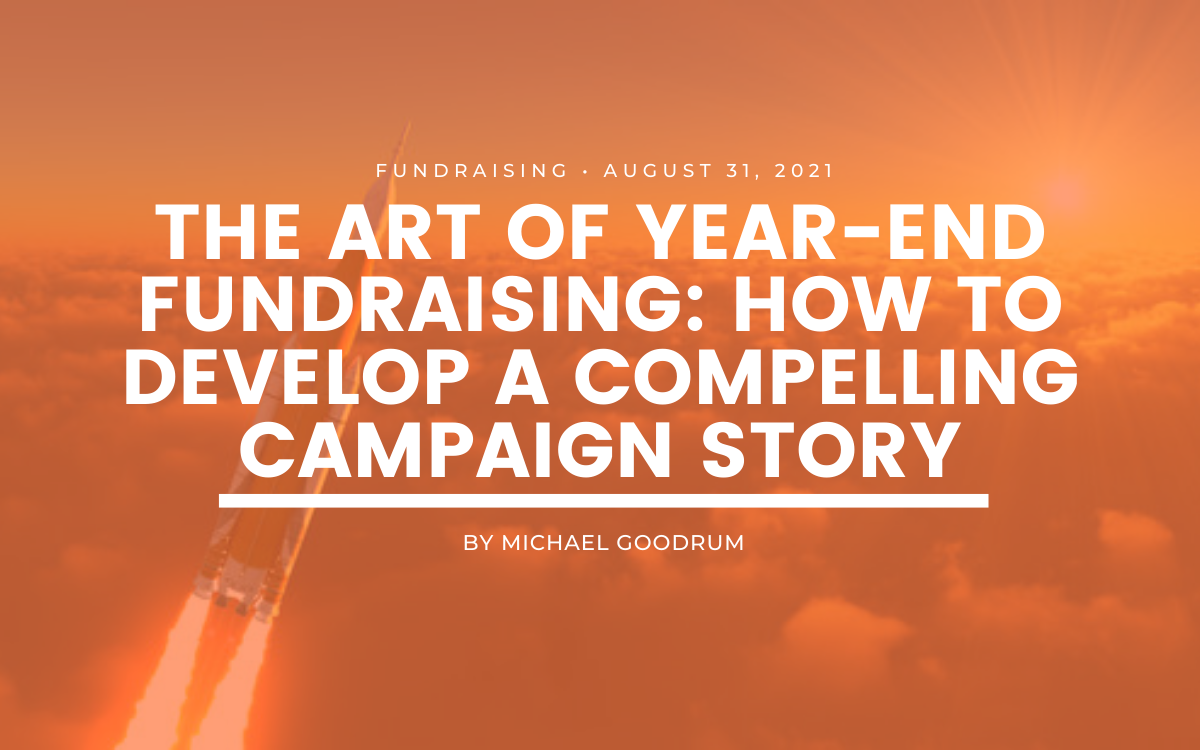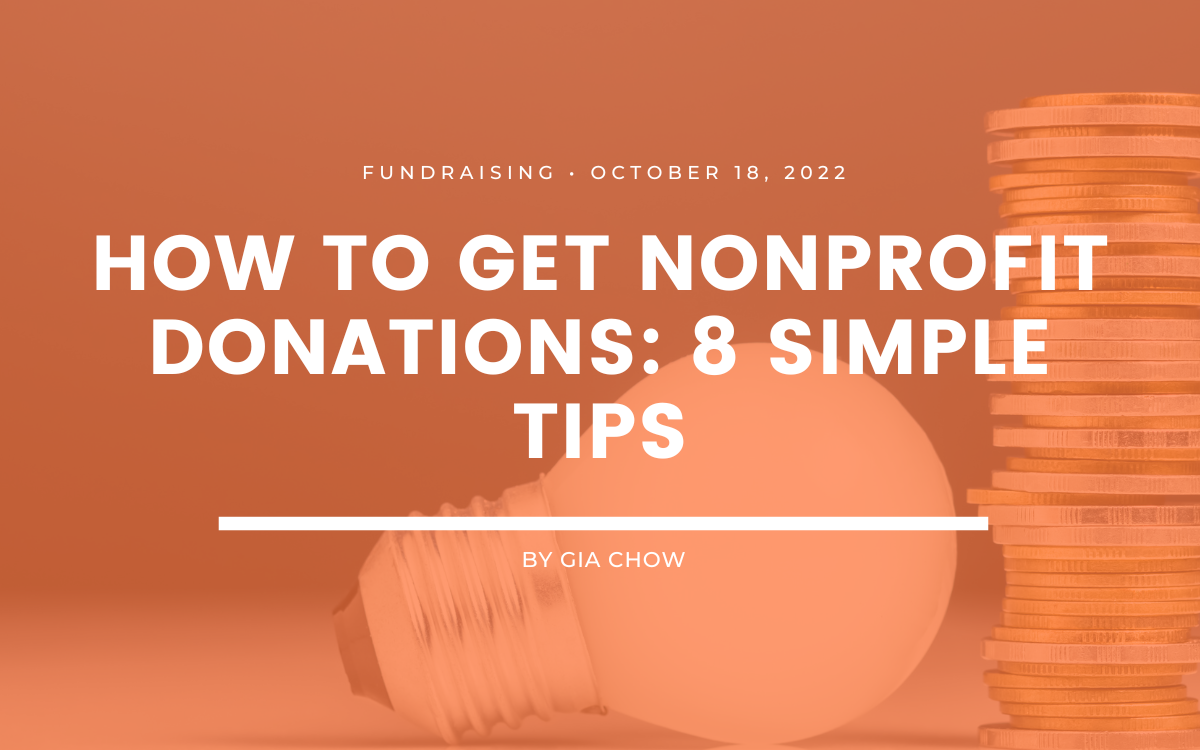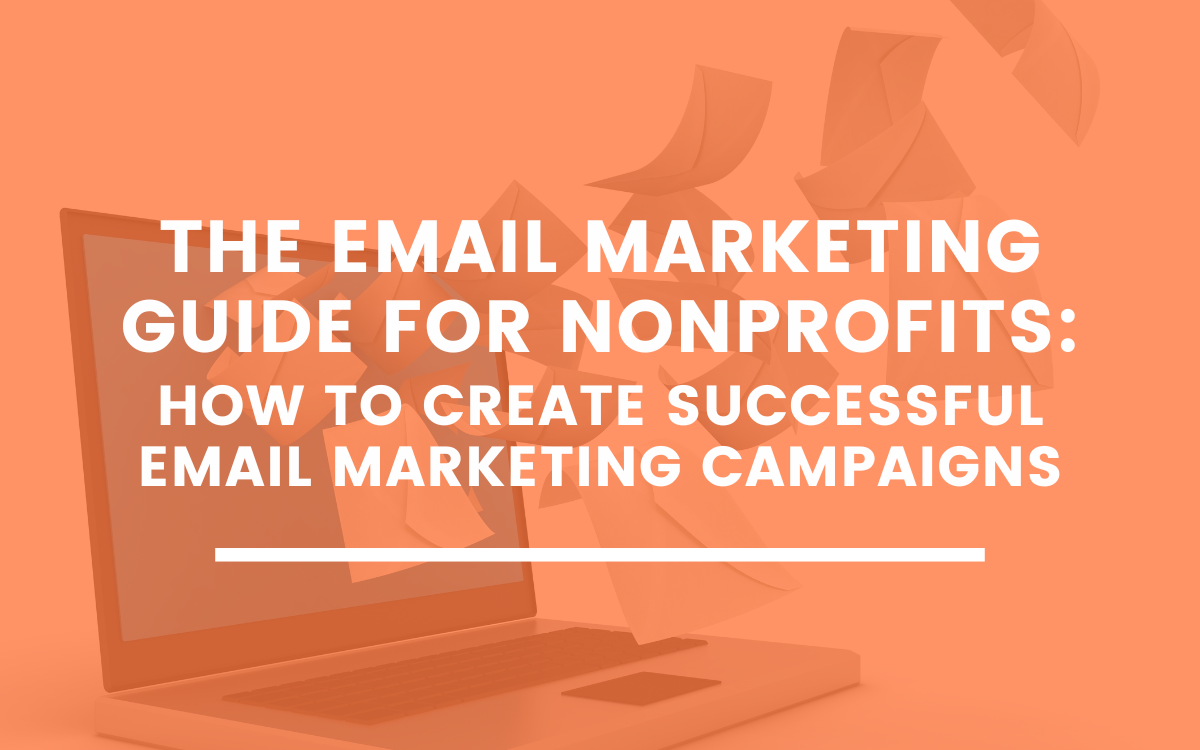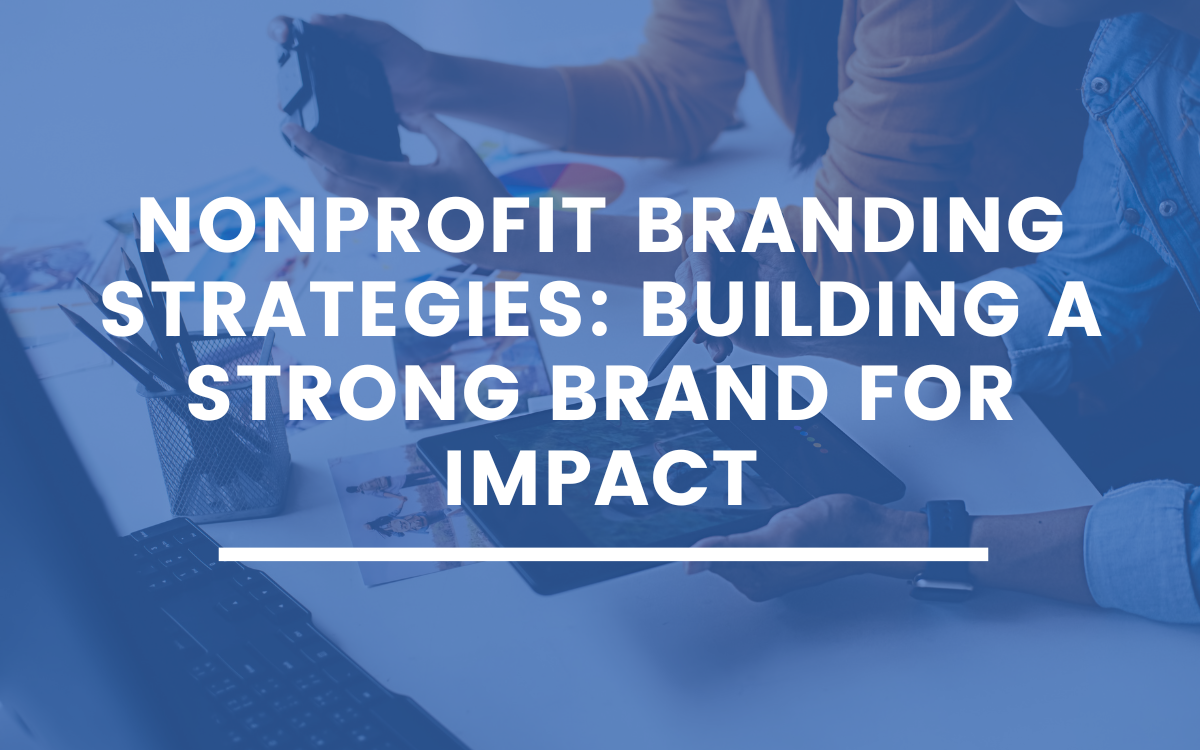The Art of Year-End Fundraising: How to Develop a Compelling Campaign Story
4 min to read ✭ In this post, you'll learn how to create a compelling landing page for your year-end fundraising campaign that will help generate donations.
Developing a strong and compelling campaign story can make a huge difference in your donation revenue. Articulating your mission’s efforts and impact while appealing to emotions is key to ensuring your donation ask is accepted. Our team has developed a tried and true donation campaign storytelling framework to help you get your message across and ultimately prepare you for year-end giving.
Fundraising is Relationship Building
Throughout the development of your campaign story, one thing to keep in mind is that fundraising is relationship building. Think of this as if you are looking for a new love interest. If you just met someone on a first date, it probably wouldn’t be a good idea to ask them to marry you. This applies in the fundraising world as well! When looking for potential supporters, focus on value first before you ask them to commit to your cause.
Humanize Your Approach
Think about the relationships in your life, how do you treat them? How transactional are your relationships? Are they typically one-sided? Who constantly needs a favor? Do you jump from one milestone to the next, or does it take time to build up to that point? How often do you say thank you? How often do you communicate how much you appreciate your friends and family? Treat your donors the same way you approach the real relationships in your life.
Year-End Fundraising Campaign Landing Page Framework
You wouldn’t propose on the first date, so you definitely do not want your campaign landing page to simply be a donation form. There are several key components that you can incorporate to create a strong campaign landing page that builds trust and brings value to a potential supporter to propel them to give.
The purpose of this landing page is to inspire potential donors and show them how they can be the hero of a situation they may have been previously unaware of. We are far more incentivized as humans to contribute to something when we feel personally connected as the positive force of change in the story. The key is to tell a meaningful story, spark interest, and reel them in.
Let’s start from the top of the page, the first thing a user will see when they click on a link to your organization’s campaign and work our way down from there.
1. Main Above the Fold Section
We want to quickly share a sentence about the issue being faced, another sentence about what we’re doing to solve the problem, and lastly a call to action that matches the theme of the campaign, along with a button that allows people to take that action (in this case donate). We ideally want the image in the background here to be a positive one. Also, an image that is left or right justified, so that we can put the campaign text on one side of the page. This creates a look that has performed well for our clients time and time again.
2. Framing the Problem
Now we get a little deeper into what the issue is. From a psychological perspective, it doesn’t make sense to go deeper into our solution or start talking about your nonprofit’s credibility until people who are new to the campaign understand the problem. Here we can give a brief history of the problem that your campaign/programs are combatting, and this would be a great place to share any statistics or facts that you think will deeply move people. Having a moving image here that pulls on the heartstrings helps emphasize that the issue we’re dealing with is serious.
3. Framing the Solution
Now that the user is more aware of why they should support the issue, let’s give them details about what their donation will create in the world and how it will help solve the problem they’re now aware of. The more details we can give here the better. Let’s address specifically how this campaign or program is going to cause a shift in the problem.
4. Another Call to Action
We love to put another call to action next to make another appeal to the user, ideally accompanying a visual. It’s helpful to have the button call to action be the same, but the supporting text be different than what was shown in the first Above the Fold section.
5. Credibility
Now it’s time to build some further credibility of why the visitor should trust your nonprofit to solve the issue at hand. Ideally, we can point to things that your organization has done that are somewhat related to the existing issue that we’re facing, even if it’s a brand new campaign. If you’re partnering with another organization to get things done, this can also be a hybrid section between what you’ve both accomplished and what’s possible because of your joint effort.
6. Impact Amounts – How You Can Help
By now the user either is interested in giving or not at this moment. We need to suggest amounts so people have an understanding of what size gift will create what kind of impact. This is more straightforward for some organizations than others but is important to take a stab at quantifying gift amounts that will shift the problem into the solution. Realize that those who are inspired by the campaign and the page will likely donate one of these amounts, and it can be helpful to have three or more options ranging from smaller to larger gifts.





